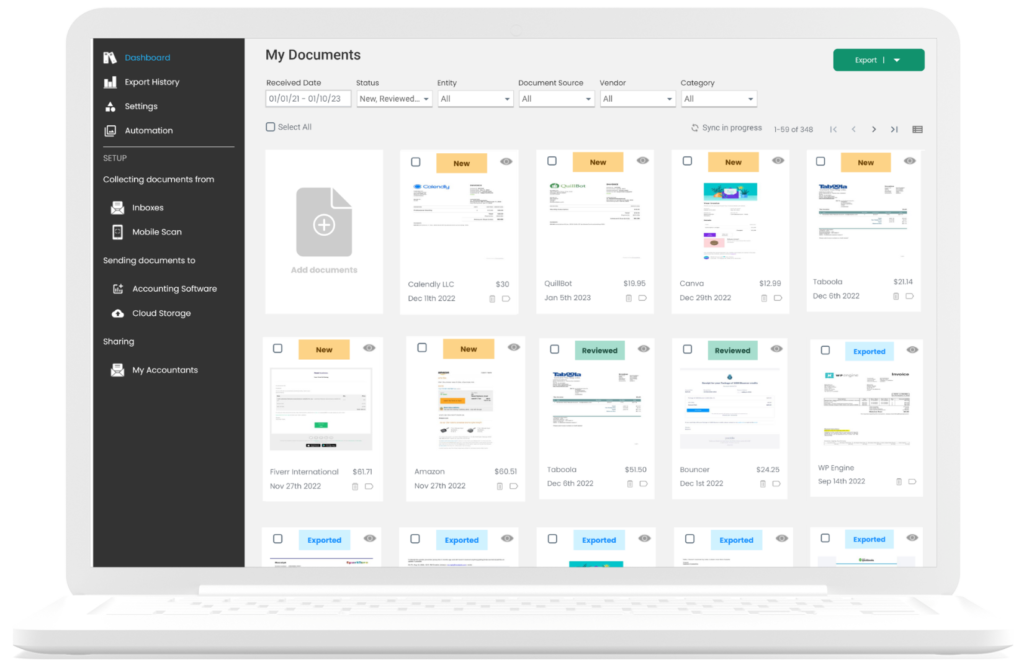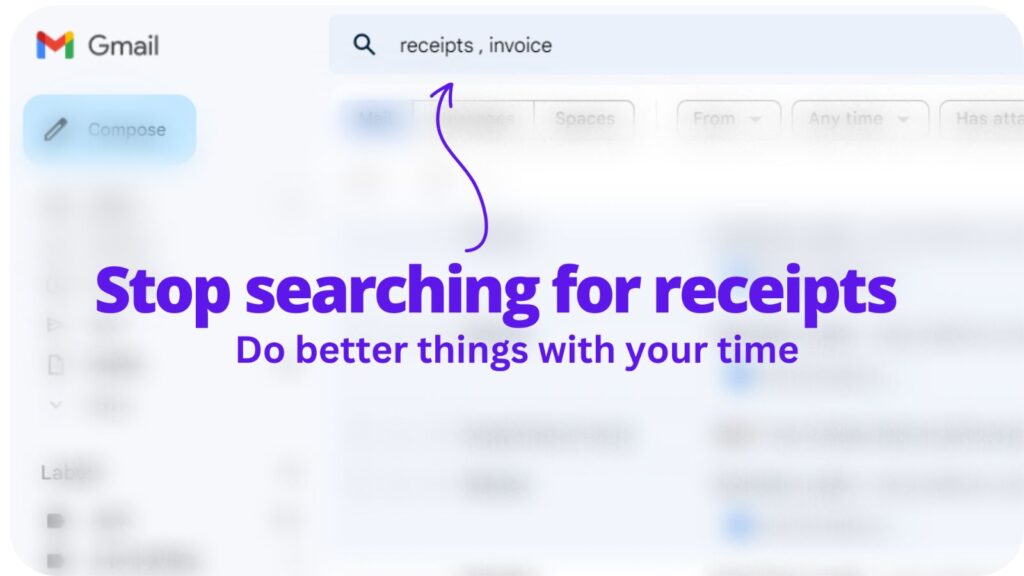Learn about receipts for reimbursement: What you need, forms, and payment process in this simple guide.
In our busy business world today, it’s important to know how reimbursement works, especially with receipts. Keeping track of business costs, and handling the needed papers can save time, stop mistakes, and make sure you get paid back correctly and fast.
In this article, we will talk about the main things needed and the steps to give receipts for reimbursement. This will make it simpler for workers and companies to understand this sometimes tricky part of managing money.
Key Requirements for Receipts in the Reimbursement Process
When you give receipts for reimbursement, there are certain things needed to make sure the process goes smoothly and quickly. These needs change depending on the organization and country but usually include a way to pay for the following:
Valid and Legible Receipts
Receipts must be real, which means they come from the seller or service giver, and have all the important details like the date, what the goods or services are, and the total cost. Also, receipts should be easy to read, as blurry or ruined receipts might cause problems or slow down the reimbursement process.
Itemized Receipts

Detailed receipts are usually better for reimbursement because they show exactly what the costs were. This information helps to check claims and makes sure the costs follow company rules. Sometimes, a credit card statement or summary receipt is enough, but it’s best to give a detailed receipt when you can.
Timely Submission
Workers should give receipts for reimbursement to their bosses on time to avoid payment delays and keep financial records accurate. Companies often have set times for giving in costs, so workers need to know these times and stick to them.
Implementing an Effective Reimbursement Process
A good reimbursement process helps both workers and companies by making sure costs are handled well and paid back fast. Here are some steps to make a successful cost reimbursement process:

Create Clear Reimbursement Policies
Making and sharing clear reimbursement rules is important for managing receipts and costs. These rules should explain what costs can be paid back, any spending limits, needed papers, and when to give them in. Having clear rules helps workers know what they need to do and lowers the chance of problems or mix-ups.
Utilize Technology for Expense Management

Many companies use technology to make their reimbursement process easier, like using software and apps on phones. These tools can do jobs automatically, like keeping track of costs, organizing receipts, and giving in claims, which saves time and lowers mistakes.
Also, digital tools can show how a company is spending money in real-time and make handling money better overall.
Establish a Review and Approval Process
Many companies use technology to make their reimbursement process easier, like using software and apps on phones. These tools can do jobs automatically, like keeping track of costs, organizing receipts, and giving in claims, which saves time and lowers mistakes.
Also, digital tools can show how a company is spending money in real-time and make handling money better overall.
Form a policy for the expense reimbursement process
Create a clear cost-paying back policy for your workers. Important details to cover include which costs can be paid back and rules about giving in, when to do it, and getting paid. Make sure your workers can get written permission before they buy something.
Do regular checks to make sure everyone is following the rules and to find ways to make the reimbursement process better.
Teach and Help Your Workers
Workers are a big part of making any reimbursement process work, and giving them the right training and help can make things go more smoothly and lower mistakes. Give training on company rules, tools to manage costs, and the best ways to give in receipts for reimbursement. Also, make sure there are resources and help for workers if they have questions or worries about getting paid back for costs during the process.
Common Challenges in Receipts for Reimbursement Processes

Companies often have a hard time managing receipts given in for reimbursement. There are a few reasons for this, like:
Lost or Missing Receipts
Lost or missing receipts are a common problem. This can make getting paid back take longer, cause disagreements, and make it hard to keep financial records correct. It’s a good idea to tell workers to keep their receipts organized. They can use digital tools or have a folder to keep their expenses in.
Incomplete or Illegible Receipts
Another issue is receipts that are not complete, damaged, or difficult to read. These can cause problems in the reimbursement process. To avoid these problems, workers should make sure they get clear and complete receipts when they buy something. If there’s a problem, they should talk to the seller right away.
Non-Compliant Expenses
Companies may also face challenges with expenses that don’t follow the rules. These are costs that don’t match the company’s policies about reimbursements or spending limits. This can lead to disagreements, delays, extra costs, and more work.
To help with this, companies should check and update their reimbursement policies often. They should also teach and support workers so they know what to do.
Simple Tips for Making Receipts Easier to Manage
Making the reimbursement process easier can help everyone work better and make fewer mistakes. Here are some tips:
Make Expense Categories Easy to Understand
Having simple expense categories helps everyone know how to organize receipts and reports. This makes it easier for workers to ask for reimbursements and for finance teams to check the requests.
Use a Digital System for Managing Receipts
Using a computer system to keep track of receipts can save money and time. It makes it easier to organize and share receipts, and helps everyone see how money is being spent.
Make Sure Everyone Understands the Rules
It’s important for everyone to know the company’s rules about reimbursements. Make it easy for workers to ask questions and get answers.
Ask Employees for Their Ideas
Get employees involved in making the reimbursement process better by asking for their suggestions. This can help make the process easier and more efficient.
Frequently Asked Questions
What should I do if I lose a receipt?
If you lose a receipt, it’s essential to contact the vendor or service provider as soon as possible to request a duplicate copy. Some companies may also accept alternative documentation, such as a credit card statement or a detailed explanation and proof of payment for the expense.
Always consult your organization’s reimbursement policies for guidance on handling lost receipts.
Can I submit a digital copy of a receipt for reimbursement?
Many organizations now accept digital copies of receipts submitted for reimbursement, as they can be more convenient and secure than physical copies. However, it’s crucial to ensure that the digital copy is clear, legible and contains all the required information.
Check your company or employer’s reimbursement policies to confirm if digital receipts are acceptable for tax purposes.
What if my expenses exceed the company’s spending limits?
If your expenses exceed the company’s spending limits, you should communicate with your manager or family member and the finance team to discuss the situation. They may approve paying the additional expenses if they deem paying them necessary and reasonable.
However, it’s essential to have this conversation before submitting your reimbursement request to avoid delays or disputes.
How can employees ensure their expense reports meet the requirements for reimbursement?

Employees can increase the likelihood of successful expense reimbursement by familiarizing themselves with their company’s expense reimbursement policy and following guidelines related to allowable business expenses, spending limits, and receipt requirements.
Proper documentation, such as original receipts or supporting documentation, should be provided with expense reports. Additionally, submitting expense report submissions promptly and ensuring the accurate recording of actual expenses incurred can help prevent delays in reimbursement.
What are some common reimbursable business expenses?
Reimbursable business expenses typically include costs incurred for the company’s benefit, such as travel expenses, office supplies, registration fees paid, and meal expenses paid during business meetings.
However, it’s essential to consult your organization’s expense reimbursement policy to determine the specific allowable expense categories and spending limits applicable to your situation.
What is the role of the finance team in the expense reimbursement process?
The finance team plays a crucial role in the expense reimbursement process by reviewing expense report submissions, verifying the legitimacy of expenses incurred, and ensuring compliance with company policies and IRS regulations.
They may also provide guidance on proper documentation, assist with missing receipt affidavits, and help employees understand the tax treatment of certain reimbursable expenses. Additionally, the employee finance team is responsible for processing approved employee reimbursements and issuing payments to employees.
How do meal expenses factor into the reimbursement process, and what documentation is required?
Meal expenses can be reimbursable if they meet the company’s requirements for business-related expenses. Generally speaking, employees must provide itemized receipts showing the date, venue, dollar amount, and business purpose of the meal expense. Credit card statements alone may not be sufficient, as they lack detailed information about allowable business expense.
It’s essential to consult your organization or employer’s reimbursement policy and IRS requirements for specific guidelines on meal expenses and required documentation.
Are independent contractors eligible for expense reimbursements, and how does the process differ from that of employees?
Independent contractors may be eligible for expense reimbursements if their contract specifies that the company will reimburse them for certain business expenses. The process for reimbursement may differ, as independent contractors are not subject to the same tax treatment and accountable plan rules as employees.
Proper documentation, such as receipts and expense claims, should still be submitted to the company for approval and payment. However, independent contractors should consult with their employer or a tax professional to understand the implications for their income taxes and tax filings.
Conclusion
In conclusion, managing receipts for reimbursement is a critical aspect of maintaining financial transparency and accountability.

Collect receipts from your email automatically!
Try WellyBox - your AI assistant for receipts😃
Start for Free
